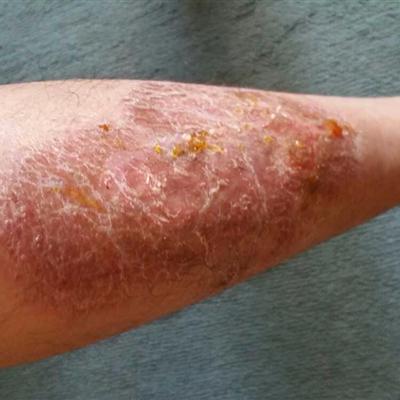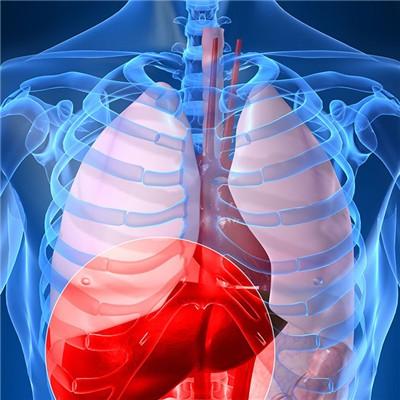Symptoms of adenopathy?
summary
Adenomyosis is a common gynecological disease, in which the endometrial glands and stroma invade the myometrium to form diffuse or localized lesions. Adenomyosis used to occur in multiparous women over 40 years old, but in recent years it is becoming younger, which may be related to the increase of cesarean section, induced abortion and other operations. There are many treatment methods for this disease. Clinical decision-making should be individualized according to the patient's age, symptoms and fertility requirements. And often combined with surgery, medicine and other comprehensive treatment. What are the symptoms of the disease?
Symptoms of adenopathy?
Menstrual disorders (40% - 50%) are mainly characterized by prolonged menstruation and increased menstrual volume. Some patients may also have bleeding before and after menstruation. This is due to the increase of uterine volume, the increase of endometrial area, and the influence of uterine intramural lesions on the contraction of uterine muscle fibers. Severe patients can lead to anemia.
Dysmenorrhea (25%) is characterized by secondary progressive dysmenorrhea. Often in menstruation before a week began to appear, when the end of menstrual dysmenorrhea is relieved. This is because during menstruation, the ectopic endometrium in the myometrium is hyperemia, swelling and bleeding under the influence of ovarian hormones. At the same time, it also increases the blood volume of the myometrium blood vessels, so that the thick myometrium expands, causing serious dysmenorrhea.
In gynecological examination, the uterus is often evenly enlarged and spherical, and adenomyoma can be shown as a hard nodule. The uterus is generally no larger than 12 weeks of gestation. Near menstruation, the uterus has tenderness; During menstruation, the uterus is enlarged, the texture becomes soft, and the tenderness is more obvious than usual; After menstruation, the uterus shrinks. This periodic change of physical signs is one of the important basis for the diagnosis of this disease. The uterus often adheres to the surrounding rectum, especially the posterior rectum. 15% - 40% of the patients were complicated with endometriosis, and about half of them were complicated with hysteromyoma.
matters needing attention
The recurrence rate of adenomyosis is high, but hysterectomy and postmenopausal diseases can be cured. The malignant transformation rate of endometriosis, which is similar to adenomyosis, is 1.5% in China and 0.7% - 1.0% in foreign countries. In contrast, malignant transformation of adenomyosis is more rare.












